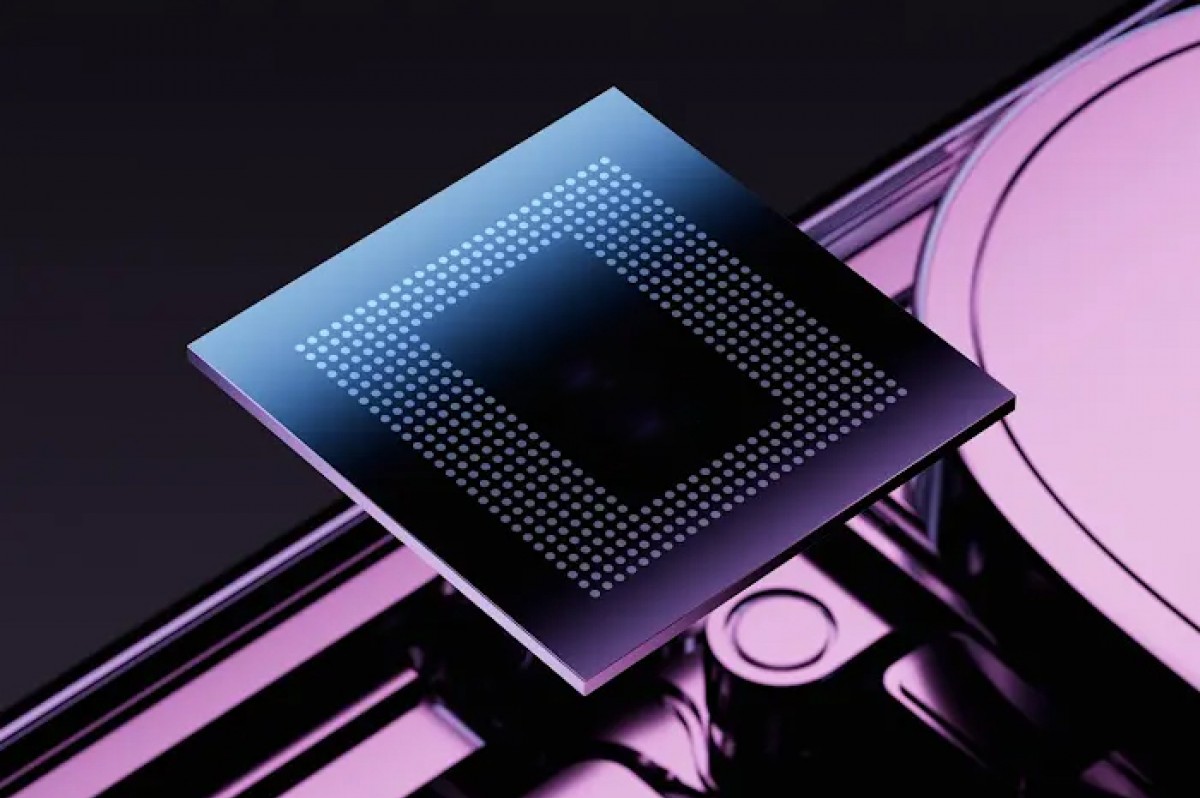Google is making a game-changing move in the mobile hardware landscape by shifting the manufacturing of its custom Tensor chips from Samsung to TSMC (Taiwan Semiconductor Manufacturing Company). This strategic pivot will begin with the Pixel 10 series and may continue through to the Pixel 14 series, with a proposed collaboration spanning three to five years, pending official approval.
This move is not just about changing suppliers—it’s a bold statement about Google’s intent to take more control over its hardware and chip design ecosystem, aiming to deliver better performance, enhanced AI capabilities, and improved thermal efficiency for future Pixel smartphones.

Why Google is Leaving Samsung for TSMC
Historical Background: Tensor’s Origins
Since the debut of the Google Pixel 6, Tensor chips have been a cornerstone of Google’s hardware innovation. These processors were co-developed with Samsung Foundry, but despite several improvements, the chips often faced criticism for thermal inefficiencies, battery drain, and lackluster performance benchmarks.
Why TSMC Makes More Sense
TSMC is the world’s largest and most advanced semiconductor foundry, responsible for fabricating chips for Apple, AMD, and Nvidia. Google’s decision to partner with TSMC for future Tensor chips likely stems from:
-
Superior manufacturing process (likely 3nm or advanced 4nm)
-
Better power efficiency
-
Higher performance yield
-
Innovative packaging technologies like InFO-POP
Inside the Tensor G5 Chip: Codenamed “Laguna”
A Major Leap in Performance and Efficiency
The Tensor G5, expected to debut in the Pixel 10, is codenamed “Laguna” and features a cutting-edge CPU architecture. It will reportedly include:
-
1x ARM Cortex-X4 core for high-performance tasks
-
5x ARM Cortex-A725 cores for mid-level tasks
-
2x ARM Cortex-A520 cores for power-efficient operations
This tri-cluster design is engineered to offer peak performance during demanding tasks like gaming and real-time AI processing while still preserving battery life for everyday usage.
Enhanced AI with Google’s Custom TPU
At the heart of the Tensor G5 is Google’s proprietary Tensor Processing Unit (TPU). This AI engine enables powerful on-device processing for:
-
Voice-to-text transcription
-
Real-time photo enhancements
-
Natural language processing
-
Generative AI tools
Unlike traditional chips that rely on cloud servers for AI computations, the TPU enhances speed, security, and offline capabilities.
TSMC’s InFO-POP Packaging: Smaller, Cooler, Faster
One standout feature of the Tensor G5 is the adoption of TSMC’s InFO-POP (Integrated Fan-Out Package on Package) technology. This advanced packaging method provides:
-
A thinner chip profile
-
Better thermal dissipation
-
Improved power delivery
InFO-POP also facilitates tighter integration between the processor and memory, leading to lower latency and higher throughput—perfect for AI-heavy applications and multitasking.
Google Takes Full Control Over Tensor Chip Design
Moving Beyond Samsung Components
Unlike previous Tensor chips that relied on Samsung for multiple subsystems, the Tensor G5 is a more Google-driven project. Key design and component changes include:
-
Google-designed Image Signal Processor (ISP) for better computational photography
-
VeriSilicon-powered display controller
-
Chips&Media for video codec solutions
-
MediaTek modem for improved connectivity
These changes reflect Google’s push to customize every aspect of the chip for seamless integration with Android and Pixel-exclusive features.
Long-Term Roadmap: Pixel 10 to Pixel 14
According to early reports, Google’s agreement with TSMC is intended to last at least three years and possibly up to five. This would cover multiple generations of Pixel phones—from the Pixel 10 (2025) all the way to the Pixel 14 (2029).
Competitive Edge for Future Pixel Devices
By building a consistent, optimized silicon roadmap, Google is laying the groundwork for:
-
Faster software updates
-
Hardware-software integration similar to Apple’s ecosystem
-
AI-first experiences across apps, camera, and voice interfaces
A Broader Trend: Big Tech Takes Chip Development In-House
Google’s shift mirrors a broader industry trend where tech giants like Apple, Amazon, and Microsoft are moving towards developing or owning their chip designs. This approach offers:
-
Greater control over feature sets
-
Faster innovation cycles
-
Optimized power and thermal profiles
Google’s TSMC move further emphasizes the importance of vertical integration in consumer technology.
What This Means for Pixel Users
For consumers, the TSMC-manufactured Tensor G5 chip promises a major leap in performance, thermal management, and AI capabilities. Future Pixel phones could finally shake off the performance issues seen in past models and emerge as true flagships capable of competing with the iPhone and Galaxy S series.
With TSMC’s world-class manufacturing and Google’s renewed focus on AI-driven experiences, the Pixel 10 series is shaping up to be a monumental release in the Android ecosystem.
FAQs
What is the Tensor G5 chip?
The Tensor G5 is Google’s next-generation in-house processor for Pixel smartphones, starting with the Pixel 10. It’s expected to feature a powerful CPU setup and advanced TPU for AI processing.
Why is Google switching from Samsung to TSMC for chip production?
TSMC offers better performance, energy efficiency, and manufacturing technologies compared to Samsung Foundry, making it a more suitable partner for Google’s ambitious chip goals.
What benefits will the new Tensor chip offer Pixel users?
Users can expect faster performance, improved battery life, better AI capabilities, and cooler operation—enhancing the overall Pixel experience.
When will Pixel phones with TSMC chips be available?
The first TSMC-manufactured Tensor chip is expected to debut with the Pixel 10 series, which is likely to launch in late 2025.
Will Google design the Tensor G5 entirely in-house?
While the overall design is led by Google, some components are sourced from partners like VeriSilicon, Chips&Media, and MediaTek, though Samsung is no longer involved.




